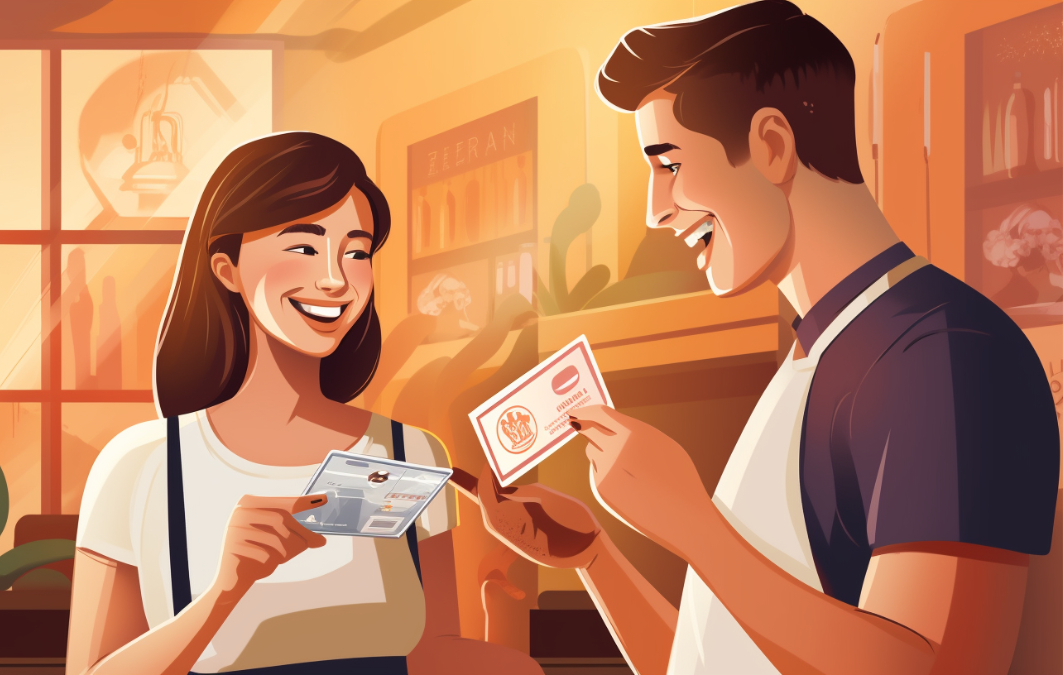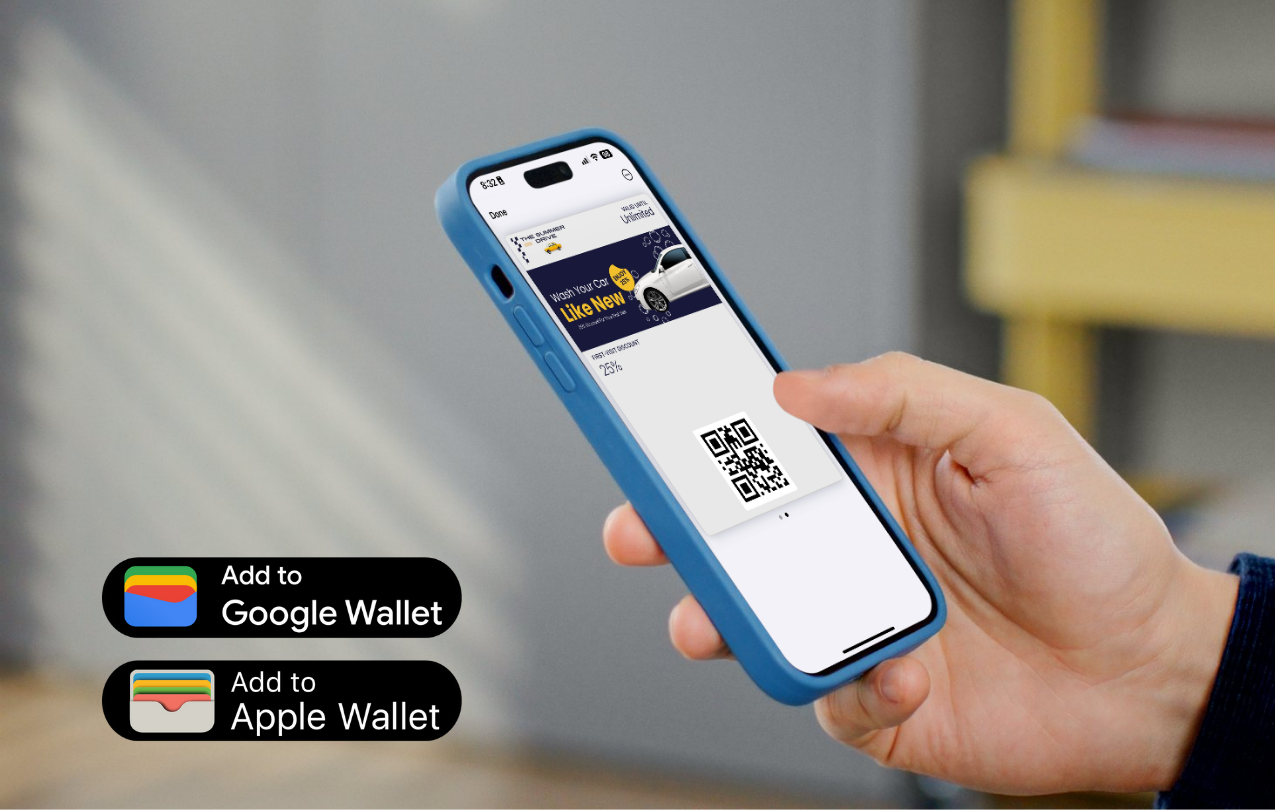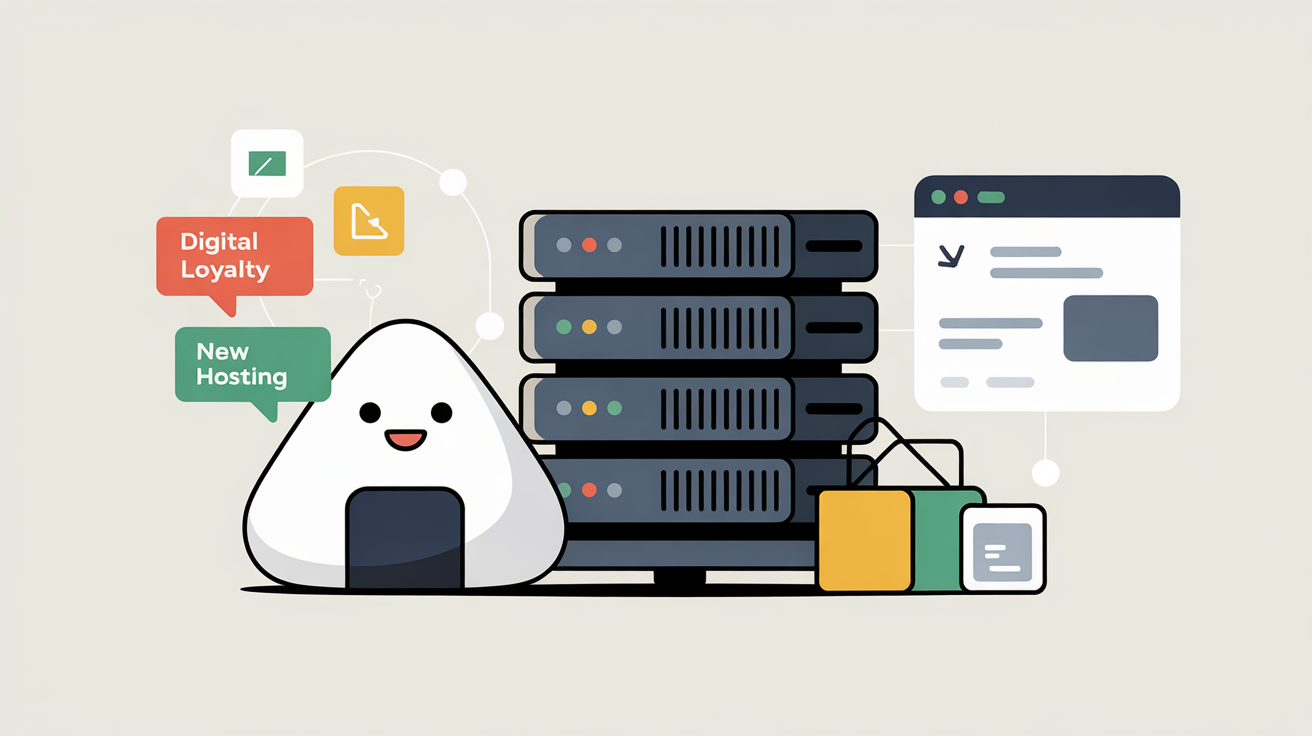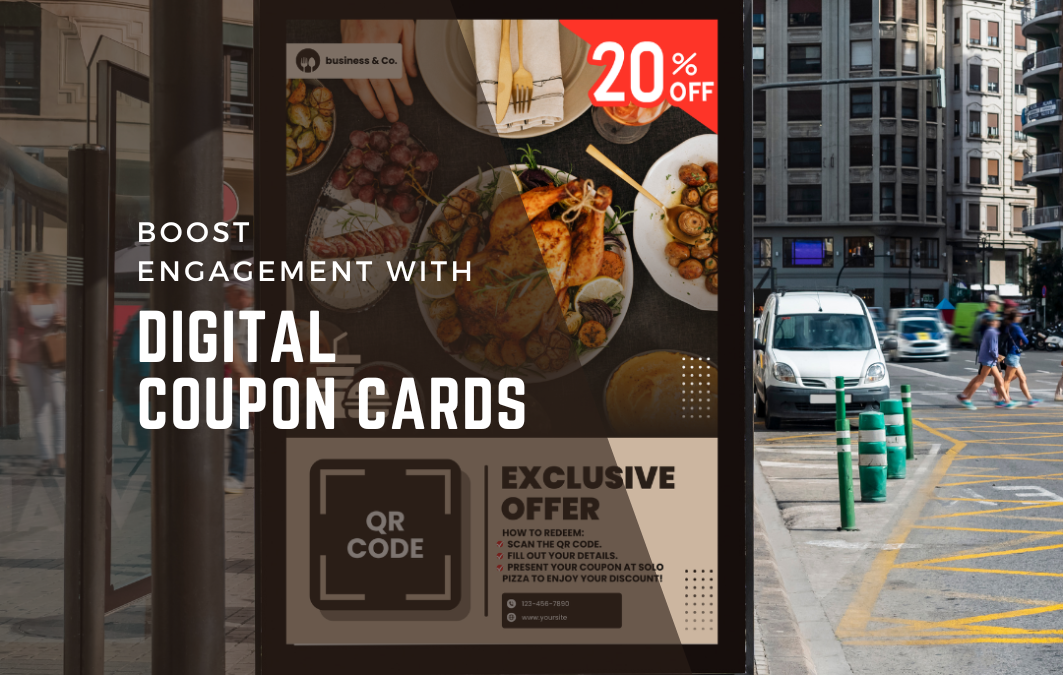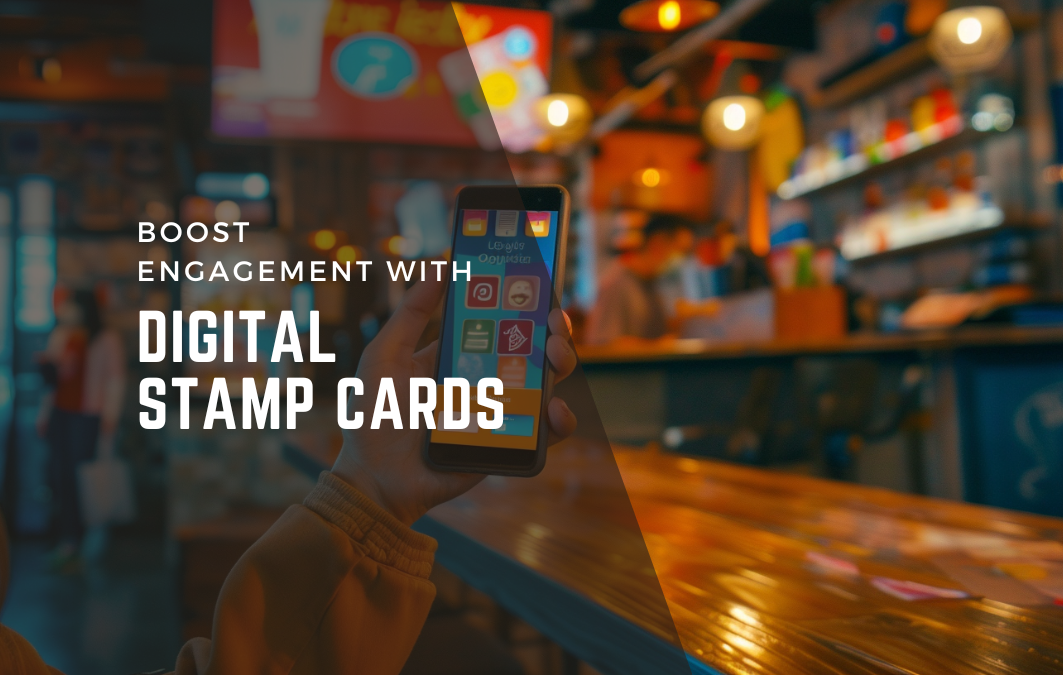Table of Contents
In an industry where customer loyalty can make or break a business, restaurant owners and managers must deploy effective strategies to bolster patronage.
The landscape of consumer preferences and behaviors is constantly evolving, making it essential for restaurants to adapt and innovate to retain their customer base.
This article delves into the critical role of customer loyalty in the restaurant industry and offers actionable strategies to fortify and elevate this fundamental aspect.
By exploring the advantages of loyalty programs, showcasing successful case studies, and providing insights into measuring program effectiveness, this comprehensive guide equips restaurant professionals with the knowledge and tools necessary to cultivate enduring customer relationships.
Furthermore, it presents tactical approaches to augment customer loyalty, emphasizing the pivotal role of exceptional service, technological innovation, and targeted engagement.
Through a multifaceted exploration of loyalty-building endeavors, this resource aims to empower restaurants to unlock success by enhancing customer loyalty.
Key Takeaways
- Customer loyalty is crucial for the success of restaurants, as repeat customers spend more and act as brand advocates.
- Implementing a loyalty program and providing personalized experiences based on customer preferences can incentivize repeat visits and foster customer loyalty.
- Creating a seamless online ordering and delivery experience and engaging with customers through social media and email marketing can also enhance customer loyalty.
- Loyalty programs in restaurants increase customer retention rates and collect valuable customer data for targeted marketing campaigns and promotions.
Importance of Customer Loyalty in Restaurants
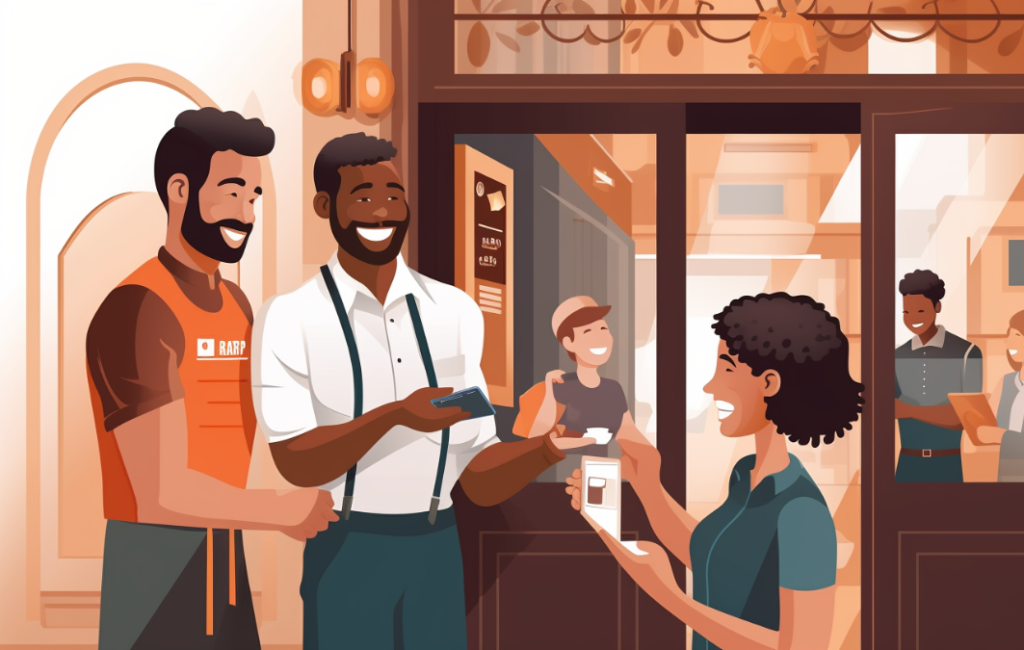
The importance of customer loyalty in restaurants cannot be overstated, as it directly impacts the success and sustainability of the business. Loyal customers contribute to the steady revenue stream and act as advocates, attracting new patrons through positive word-of-mouth.
Repeat customers are known to spend 67% more than new ones, highlighting the significant financial impact of customer loyalty. Moreover, retaining existing customers is far more cost-effective than acquiring new ones, as attracting a new customer costs five times more.
Therefore, nurturing and maintaining customer loyalty should be a top priority for restaurants aiming for long-term prosperity. By implementing effective strategies to enhance customer loyalty, restaurants can gain a competitive edge and secure a loyal customer base that drives continuous business growth.
Benefits of Customer Loyalty Programs

Loyalty programs in restaurants offer a range of benefits, including increased customer retention rates and enhanced opportunities for targeted marketing campaigns and promotions. These programs also encourage customers to spend more to earn rewards and collect valuable customer data, fostering a sense of belonging and exclusivity. Below is a table highlighting the key benefits of customer loyalty programs in restaurants:
| Benefits of Customer Loyalty Programs |
|---|
| Increased customer retention rates |
| Encourages customers to spend more to earn rewards |
| Collects valuable customer data for targeted marketing |
Examples of Successful Loyalty Programs
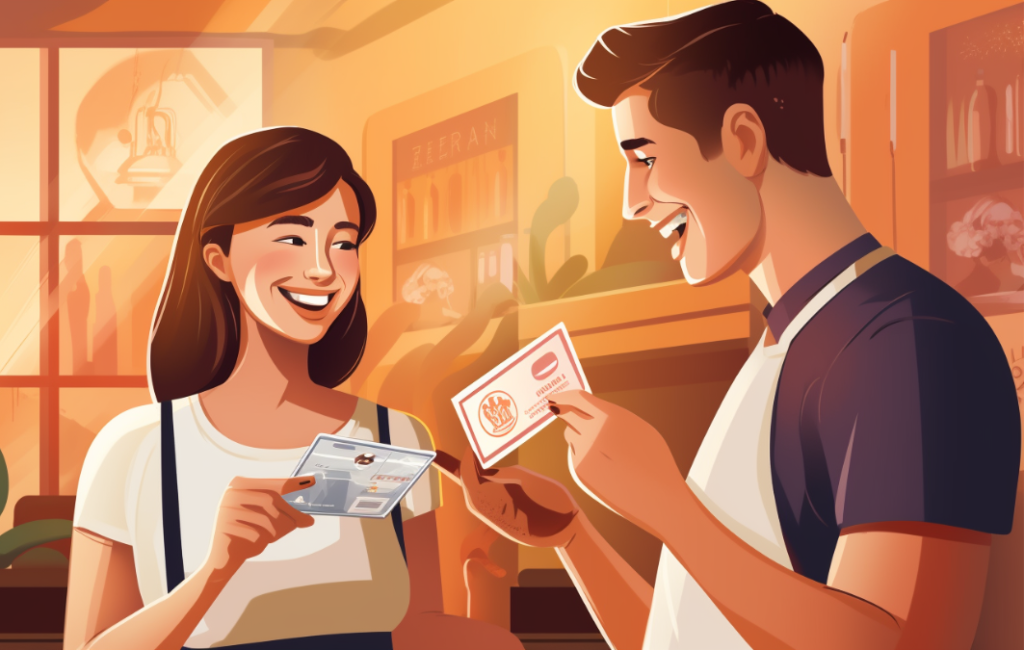
Examples abound of successful loyalty programs implemented by renowned restaurant chains, showcasing innovative strategies to foster customer retention and engagement. These programs have proven to be effective in creating a loyal customer base and driving repeat business.
Some notable examples include:
- Starbucks: Offers free drinks and personalized offers through its rewards program.
- Domino’s Pizza: Provides exclusive discounts and promotions to its loyal customers.
- Chick-fil-A: Offers members free food and early access to new products as part of its loyalty program.
These examples demonstrate the diverse approaches that restaurants can take to incentivize customer loyalty and enhance the overall dining experience. By studying these successful programs, other restaurants can gain valuable insights into designing their own effective loyalty initiatives.
Measuring Loyalty Program Success

After examining the effective loyalty initiatives of renowned restaurant chains, the focus now shifts to evaluating the success of loyalty programs through comprehensive metrics and analysis.
Tracking customer retention rates provides a clear indication of program effectiveness while monitoring the average spend per customer allows for assessing the impact of loyalty programs on customer behavior.
Additionally, analyzing customer feedback and reviews offers valuable insights into areas for improvement, and measuring the increase in customer referrals and word-of-mouth marketing helps gauge the program’s influence on brand advocacy.
Employing data analytics to evaluate the return on investment (ROI) of loyalty program investments is imperative in understanding the financial impact.
Tactics to Improve Customer Loyalty

To enhance customer loyalty in restaurants, focusing on offering a memorable dining experience through exceptional and consistent customer service is essential. Along with this, several tactics can be employed to improve customer loyalty:
- Employ enthusiastic staff who engage with customers and remember preferences.
- Introduce a restaurant loyalty app to retain existing customers and attract new ones.
- Host exclusive events for loyal customers to elevate the restaurant’s perception.
These tactics aim to create a personalized and engaging experience for customers, fostering a strong sense of loyalty and encouraging repeat visits. By prioritizing customer satisfaction and offering unique incentives, restaurants can build lasting relationships with their patrons.
Implementing Loyalty Programs
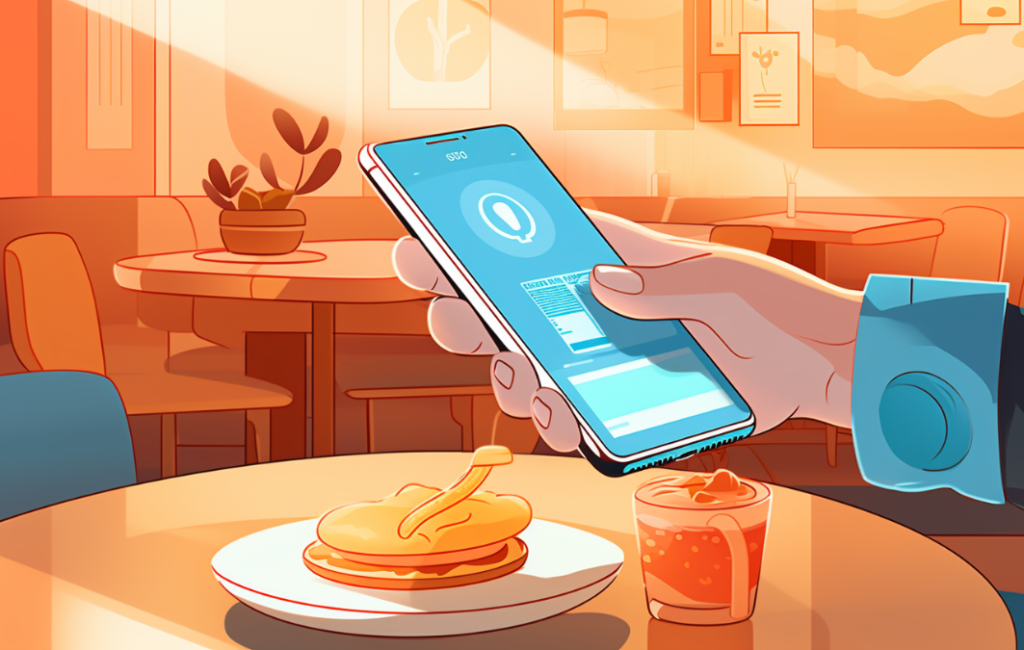
Implementing customer loyalty programs in restaurants is a strategic approach to fostering repeat business and enhancing the overall dining experience for patrons. Loyalty programs incentivize customers to return by offering rewards, discounts, or exclusive benefits. These programs often involve point-based systems, where customers earn points for each visit or purchase, which can later be redeemed for rewards.
Implementing a well-designed loyalty program can increase customer retention and provide valuable data on customer preferences and behaviors. Integrating the program seamlessly into the overall customer experience is essential, ensuring that it adds value without creating additional complexity.
Personalizing Customer Experiences
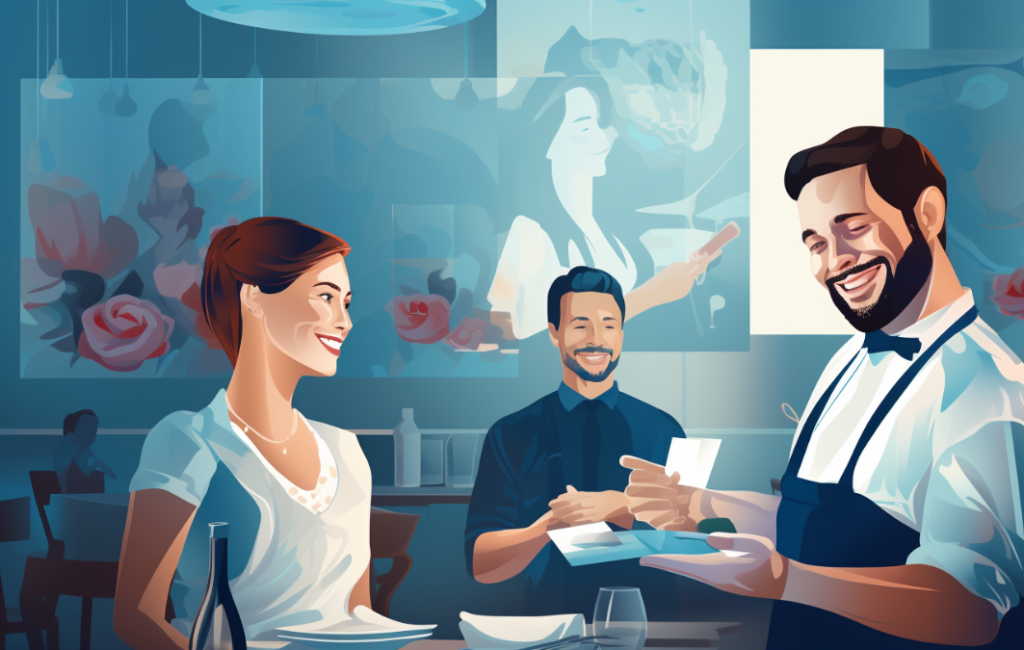
Personalizing customer experiences in the restaurant industry is essential for fostering long-term relationships and creating a sense of individualized care for patrons. This personalized approach can significantly enhance customer loyalty and satisfaction.
To achieve this, restaurants can:
- Gather Customer Preferences: Collect and utilize customer data to understand individual preferences, such as dietary restrictions, favorite dishes, and seating preferences.
- Tailor Service and Offers: Customize service interactions and promotional offers based on the gathered preferences to create a more personalized and memorable dining experience.
- Implement Loyalty Recognition: Recognize and reward loyal customers by offering personalized rewards, exclusive perks, or personalized messages to show appreciation for their continued patronage.
Engaging Customers Through Social Media

Engaging customers through social media is essential for restaurants seeking to build a strong and interactive online presence while cultivating lasting connections with their clientele. Social media platforms provide a direct channel for restaurants to engage with customers, share updates, and showcase their unique offerings.
By consistently posting high-quality content, such as visually appealing images of dishes, behind-the-scenes glimpses, and interactive polls, restaurants can pique customer interest and maintain top-of-mind awareness. Moreover, responding promptly to customer comments and messages demonstrates attentiveness and fosters a sense of community.
Leveraging social media for promotions, contests, and special events encourages customer participation and loyalty.
Creating Seamless Online Ordering
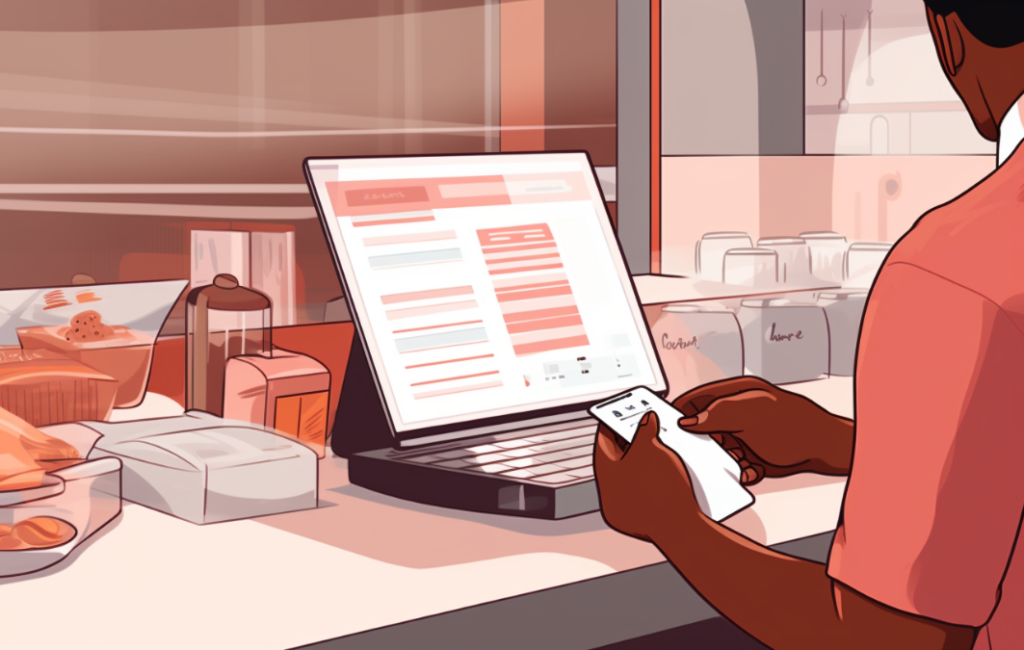
To complement the engagement efforts through social media, restaurants increasingly focus on creating seamless online ordering experiences to cater to the growing demand for convenient and efficient food delivery services.
This involves:
- User-Friendly Platforms: Developing intuitive and easy-to-navigate online ordering platforms and mobile apps, ensuring a hassle-free customer ordering process.
- Efficient Order Fulfillment: Streamlining order processing, accurate tracking, and timely delivery to provide a seamless experience for customers.
- Integration with Loyalty Programs: Connecting online ordering systems with existing loyalty programs to offer rewards and incentives, encouraging repeat business and enhancing customer loyalty.
Frequently Asked Questions
How Can Restaurants Ensure Their Loyalty Program Is Aligned With Their Overall Brand and Customer Experience?
Restaurants ensure loyalty program alignment by integrating it with brand values, offering rewards that resonate with customers, and maintaining consistent service quality. Personalized experiences, seamless online interactions, and social media engagement reinforce the brand-customer connection.
What Are Some Innovative Ways for Restaurants to Host Exclusive Events for Their Loyal Customers?
Restaurants can host exclusive events for loyal customers by organizing chef’s table experiences, wine tastings, or themed nights. These events create a sense of exclusivity and appreciation, fostering stronger customer loyalty and positive word-of-mouth marketing.
How Can Restaurants Effectively Use Customer Data Collected From Loyalty Programs to Personalize the Dining Experience?
Restaurants can effectively use customer data from loyalty programs to personalize the dining experience by tailoring offers, promotions, and menu recommendations based on individual preferences. This enhances customer satisfaction, fosters loyalty, and drives repeat visits.
What Are Some Creative Strategies for Engaging Customers Through Social Media Beyond Just Showcasing the Restaurant’s Atmosphere and Dishes?
In addition to showcasing the restaurant, engage customers through interactive polls, behind-the-scenes glimpses, and live Q&A sessions. Encourage user-generated content and run social media contests. Utilize targeted ads and influencer collaborations to expand reach.
What Are the Common Challenges Restaurants Face When Implementing a Seamless Online Ordering and Delivery Experience, and How Can They Overcome Them?
Common challenges in implementing seamless online ordering and delivery include technical glitches, customer data security, and maintaining food quality during transport. Overcome them by investing in robust technology, prioritizing data protection, and optimizing packaging and delivery processes.
Conclusion
In conclusion, the significance of customer loyalty in the restaurant industry cannot be overstated. Implementing effective loyalty programs and employing strategic tactics to enhance customer loyalty are essential for the success and sustainability of restaurants.
Restaurant owners and managers can foster enduring customer relationships and unlock success by prioritizing exceptional service, technological innovation, and targeted engagement.
Restaurants must focus on cultivating and fortifying customer loyalty to thrive in the industry’s competitive landscape.
Maximize your business potential with our Suki Card, a digital reward card designed to enhance customer loyalty and boost sales. With the Suki Card, you can offer your customers amazing deals and discounts, encouraging repeat business and increased spending. Don’t miss out on this opportunity to elevate your business to the next level. Sign up for your Suki Card today!

